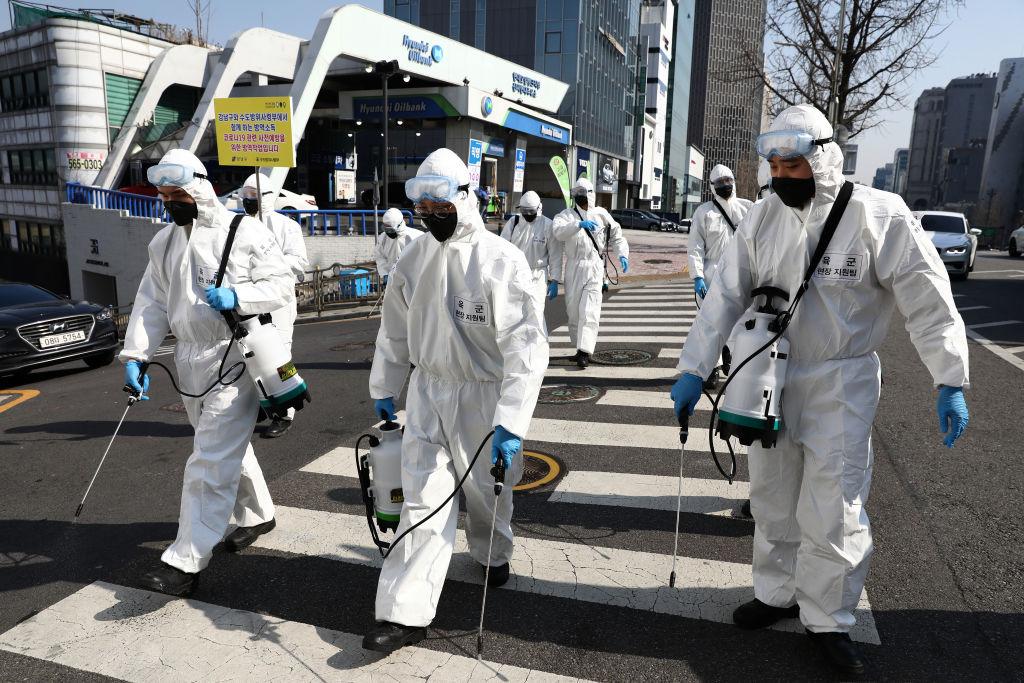South Korea reported hundreds of new cases of the novel coronavirus on March 6. The country also lodged a protest with Japan over the latter’s new quarantine measures.
The Korea Centers for Disease Control and Prevention (KCDC) on Friday reported 309 new cases over the past 16 hours, bringing the total number of infections to 6,593, local media Yonhap News Agency reported.





